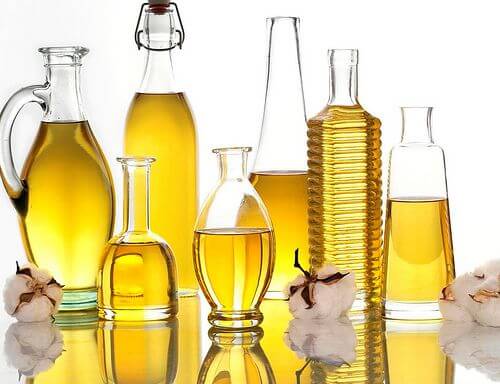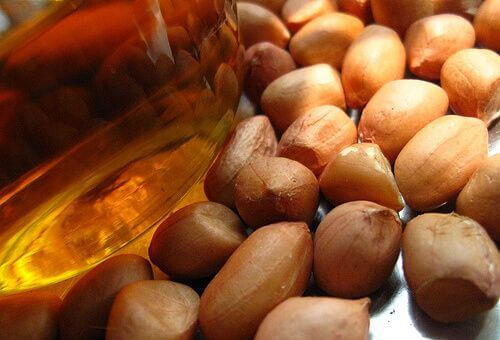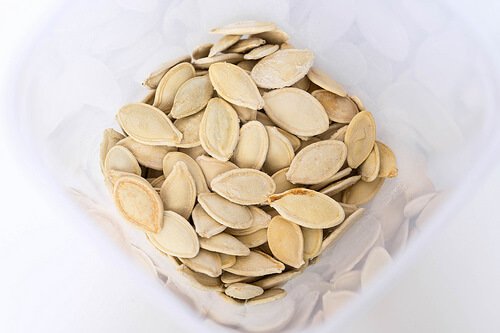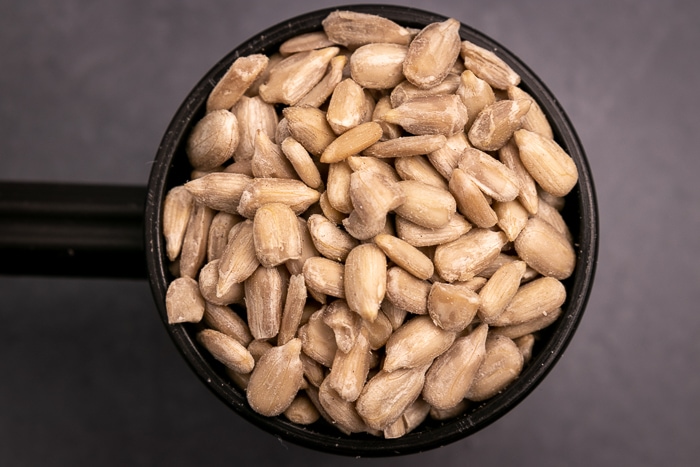How Long Does Olive Oil Last? Storage & Shelf Life
Olive oil lasts for about two to four years, depending on the quality of the olives used, the production process, and the brand’s standards. Besides that, how do you store it at home is also really important, both before and after opening the bottle.
So if you have a half-open bottle of extra virgin olive oil with a reasonable date stored away for a few months already, and you did everything right, it’s likely okay to use. But if you didn’t, it’s probably rancid.
Interested in learning the ins and outs of shelf life, spoilage, and storing olive oil at home?
If so, read on.
Extra virgin olive oil (EVOO) is oil produced by simple pressing of the olives, which is a mechanical process. That means no extra chemicals were used to extract more oil out of the olives. That’s the best type of olive oil out there, but also the most expensive one.
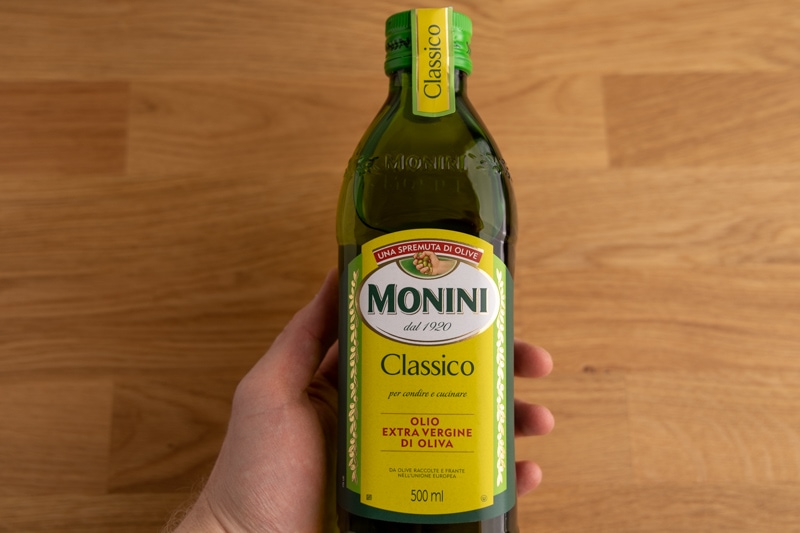
How Long Does Olive Oil Last?
Olive oil comes with a shelf life of 2 to 4 years, depending on the brand and production process, and it typically keeps for at least a few extra months.
Once you open the bottle, olive oil keeps for at least 6 to 8 months, possibly much longer. It depends heavily on the quality, the printed date, and how you store it.
That’s the short version. Let’s get into more detail.
| Pantry | |
|---|---|
| Olive oil (unopened) | Harvest date + 2 years or Best-by + 3 – 6 months |
| Olive oil (opened) | 6 – 8 months |
Harvest Date
Different brands go with different suggestions when it comes to the shelf life of olive oil.
Some, especially those that care about the quality, go with relatively short storage periods, like 16 months. Others recommend longer periods of 24 months up to even four years.
And it’s not like the better the quality of the oil, the longer the printed shelf life. More often than not, it’s the opposite.
In other words, the best-by date printed on the label isn’t the best indicator out there. The company selling the product can put there anything they want, as long as it’s reasonable (so probably between a year and four years).
Because of that, a good heuristic is to use the olive oil within two years from the time it was harvested. This way, you get the most out of it in terms of nutrition and health benefits.
Unfortunately, many bottles don’t have the harvest date printed on the label, so you don’t know if the olives are from last year’s harvest or one of the previous ones.
That leaves us with the “expiration” date. Let’s
If you’re buying an expensive bottle of extra virgin olive oil, make sure it has the harvest date printed on the label and that it was last year’s harvest. That’s the easiest way to make sure you get the most bang for your buck when buying EVOO.
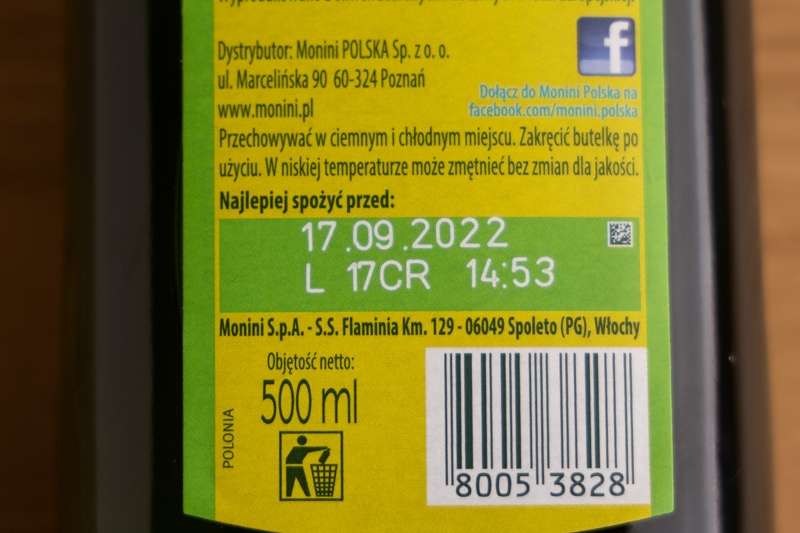
“Expiration” Date and Expired Olive Oil
The date on the olive oil’s label is a best-by (or best-if-used-by) date, which isn’t an expiration date. It’s about food quality, not safety.
In other words, it’s the brand promising you that if you store the bottle well, the oil should retain quality up to the printed date. Note that it doesn’t say anything about if or when the product will go bad.
As we already discussed, various brands go with different storage time suggestions, and that the harvest date is a better indicator of how long the olive oil should keep for. But, unfortunately, not every bottle has that information printed on it.
Reputable brands almost always go with a reasonable 16- to 24-month storage period, so there’s not much you have to worry about. Things are different when it comes to cheap olive oil.
If there’s no harvest date, try to find the date the oil was bottled – it should retain quality for about two years of bottling. If that date isn’t available either, you’re left with the best-by date.
As I mentioned above, the date printed on olive oil is about quality, which means the oil should stay fine for some time after that date. Unfortunately, there’s no way to tell how long exactly.
It’s the combination of storage practices (more on that later), the quality of the oil, and how long from harvest and bottling is the printed date.
If it’s 16 months, as is the case for Bertolli olive oil, you can probably get another 8 to 12 months of good quality. But if it’s a cheap EVOO with a long suggested storage time, it can already be pretty bad when nearing its date.
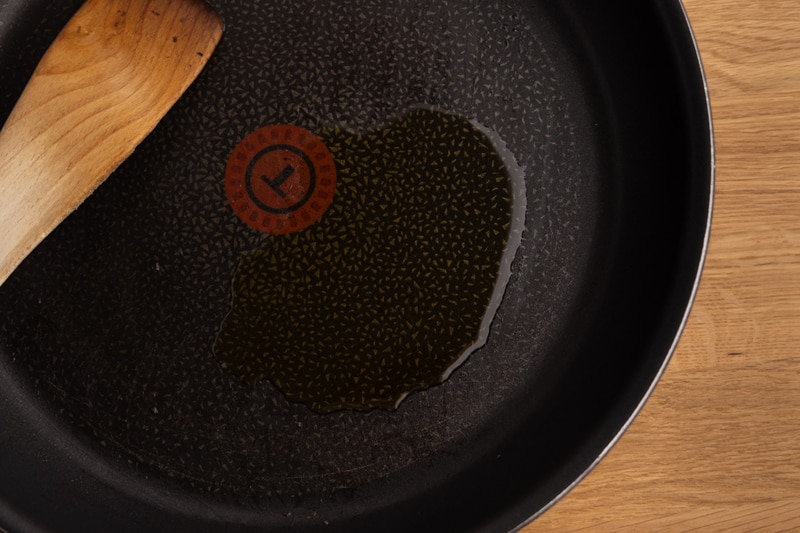
Once Opened
Once you open the bottle, olive oil should retain best quality for at least 6 to 8 months, possibly much longer. It all depends on the quality of the product and how you store it.
(Some authorities on the topic suggest shorter periods, like 3 to 6 months.)
Of course, how old is your olive oil also plays a major role in how long it keeps quality after opening. If it’s a fresh bottle, it can easily keep for a year or longer. But if it’s already nearing its date, 3 to 4 months of good quality is all you can count on.
What’s worth noting is that many brands don’t say much about how long you can keep their olive oil open. Instead, many of them suggest referring to the printed date, no matter when you open the bottle. That’s a decent approach, too, especially if you’re okay with olive oil that’s not not-notch in terms of quality (I am).
Ultimately, you can continue using your open EVOO until its flavor is no longer acceptable, and in most cases, that means until it goes rancid.
Let’s talk about spoilage.
Does Olive Oil Go Bad?
Olive oil doesn’t quickly go bad, but it definitely doesn’t last forever. All you can get is about two years or so of decent quality. Then, its flavor will gradually deteriorate, and sooner or later, it’s going to go rancid.
Those are the basics. Let’s get into the nitty-gritty.
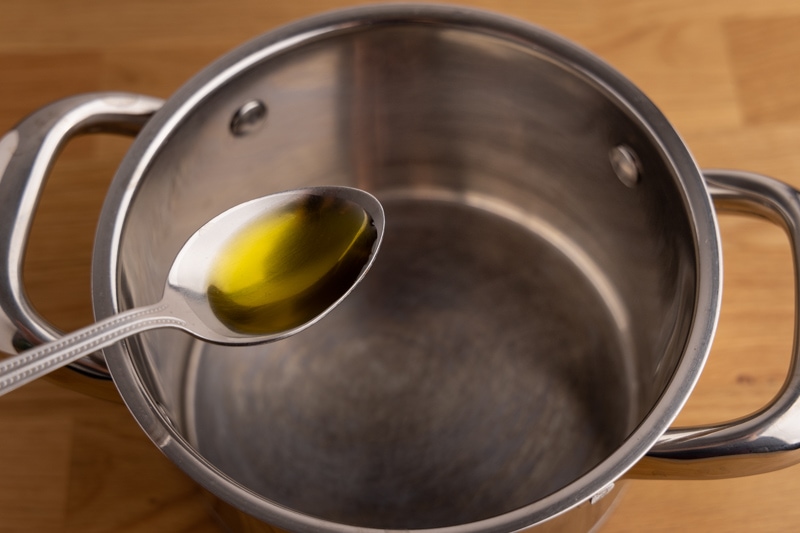
Rancidity
Air, light, and heat speed up the rancidification process, and we try to limit the exposure of olive oil to all three by storing the fat properly (more on that below). But even if we do our best, the process of oxidation occurs naturally, and your olive oil will eventually go rancid.
Your olive oil is rancid if:
- It gives off an off-putting smell that reminds you of crayons, putty, old paint, or other chemicals. Here’s an article that goes into details on signs of rancidity.
- It tastes harsh or bitter instead of fresh and olive-like.
Of course, rancidification goes slowly over time. That means that, at some point, you’ll start to notice that the smell or taste of your olive oil have changed. And those changes will become more pronounced as time goes by.
Unfortunately, there’s no set point at which you should discard the oil. It’s up to you, your nose, and your taste buds.
Moreover, many of us are used to rancid olive oil, and we don’t mind it that much.
In many households, we don’t pay much attention to the quality of olive oil, and it sits open for a couple of years. And over time, we learn that the bitter taste is how olive oil is supposed to taste.
If you’re not sure how olive oil should taste, eat a teaspoon once you open a fresh bottle next time. That’s going to be a good reference point from here on out.
Long story short, discard your olive oil when you notice that it’s rancid or its flavor starts bothering you.
Other Spoilage Signs
While it’s most likely that your olive oil will go bad by going rancid, there are a few other things worth discussing.
First, let’s talk about color. Color doesn’t indicate quality, and different olives have different colors naturally. So the fact that your last bottle was more gold and this one is greener doesn’t say anything about whether either of them was spoiled or not.
But if the color of your current EVOO has changed, it’s a pretty sure signs something is wrong, and you should discard it.
Consistency is second. If you refrigerate olive oil, it’s going to become cloudy and denser. That’s normal, and it will return to its usual state after you warm it up.
(A similar thing happens to other fat-based products, such as tahini or peanut butter, both of which become quite firm in the fridge.)
Next, if you notice anything off about the oil, like there’s some mold near the cap, it smells or tastes weird, or there’s anything else about it that’s suspicious, throw it out. Better safe than sorry.
Last, if the oil is way past its date, or more than 3 or 4 years of the harvest date, it’s okay to discard it if you’re not comfortable using it. Its overall quality is likely no good anyway.
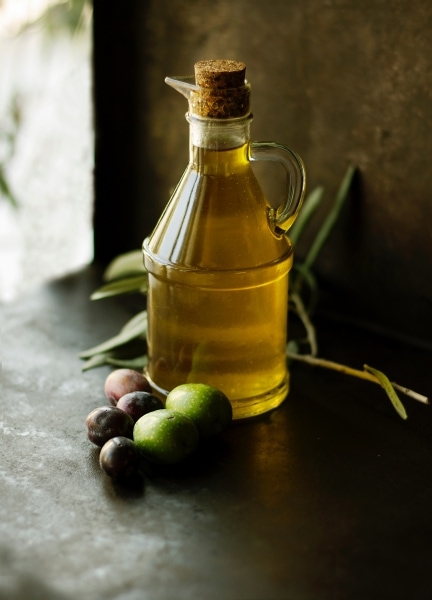
How To Store Olive Oil
Store olive oil in a cool and dry place, like a cupboard in the kitchen or pantry.
Once you open the bottle, make sure it’s always sealed tightly when not in use. You can transfer it to the fridge if you want, but that’s not necessary.
As you can tell, storing olive oil is no different from how you store canola oil or grapeseed oil.
Related: Does grapeseed oil go bad?
Should You Refrigerate Olive Oil?
Refrigerating olive oil, either unopened or after opening, is not necessary. The oil stays fine at room temperature for quite a long time that’s usually enough to finish the bottle before it goes rancid.
Some go even as far as to suggest that you actually shouldn’t refrigerate olive oil. One such authority is the California Olive Oil Council that says:
Oil should not be stored in the refrigerator because condensation within the bottle may lead to off flavors. Store your olive oil in a cool, dark cabinet or pantry.
California Olive Oil Council
What’s certain is that if you refrigerate olive oil, it’ll become cloudy and more dense, but not necessarily solid. You’ve probably seen how that looks if you ever refrigerated a salad with an olive-oil-based dressing.
Storage Dos and Don’ts
While storing olive oil is no rocket science, there are a couple of things worth remembering to get the most out of your bottle.
First, keep olive oil away from any sources of heat. That means not storing it over your stove, near any heaters, and so on.
Second, limit exposure to light. That means using a dark-tinted bottle (which is quite common for olive oil these days), and keeping it stored away in a cupboard. If it has to sit on the counter, make sure it’s not in direct sunlight.
Last, keep the olive oil away from fresh air. That means keeping the bottle sealed tightly and replacing the cap once you’re done with using the oil.
Some air will get into the bottle after opening anyway, but these practices will help keep that to a minimum.
Rotten Records: Share Your Snap!
Caught some food past its prime? Upload your photo to “Rotten Records” and help others spot the signs of spoilage. Every image makes our food community safer and more informed!
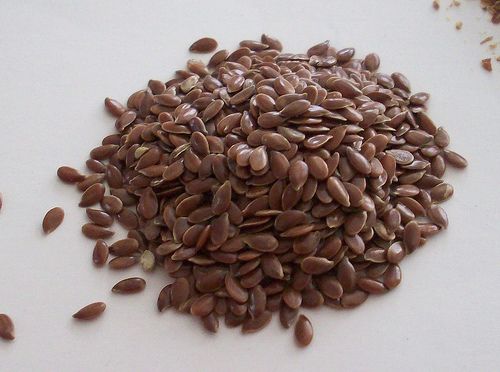
![Does Coconut Oil Go Bad? [Shelf Life and Expiration]](https://www.doesitgobad.com/wp-content/uploads/Coconut-oil-jar-in-hand-768x512.jpg)
